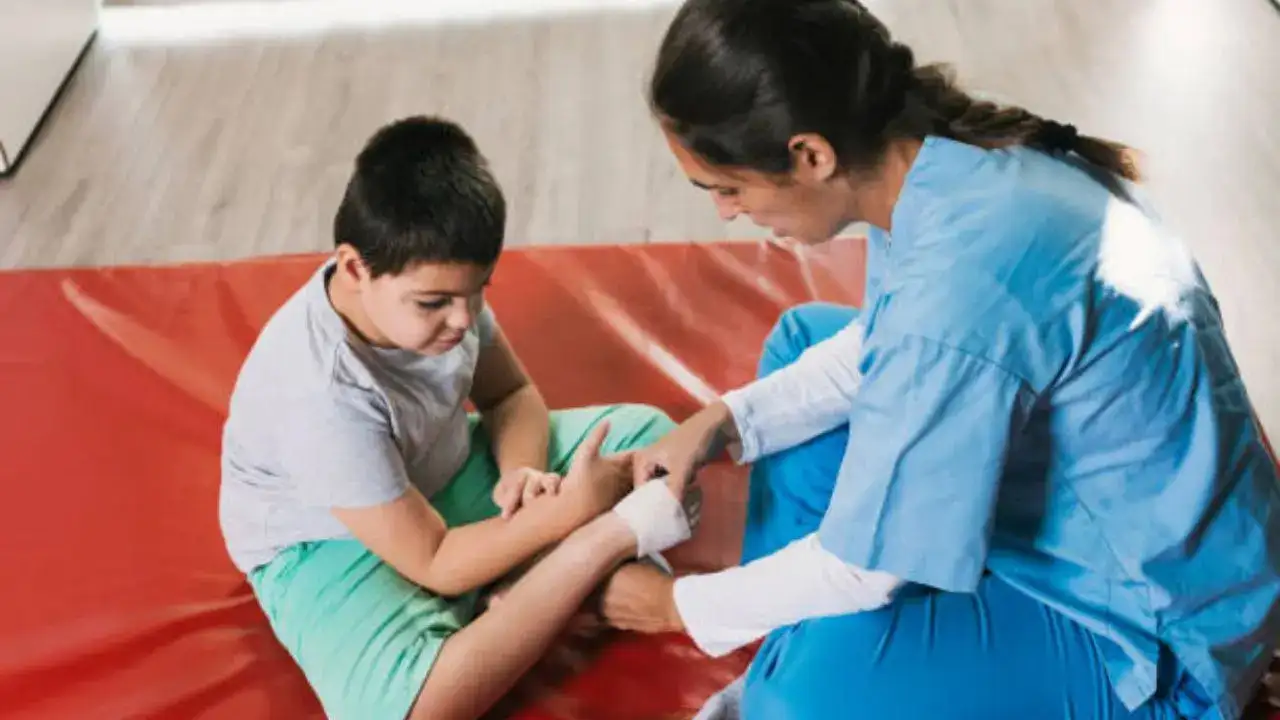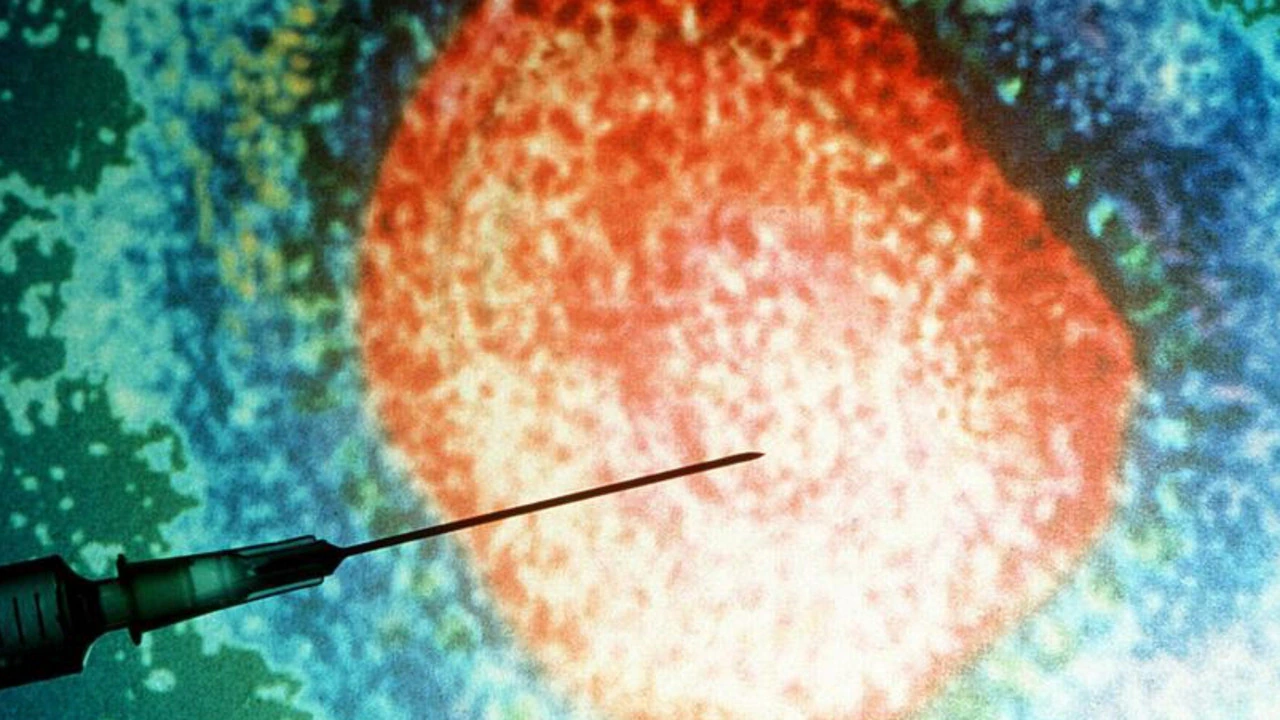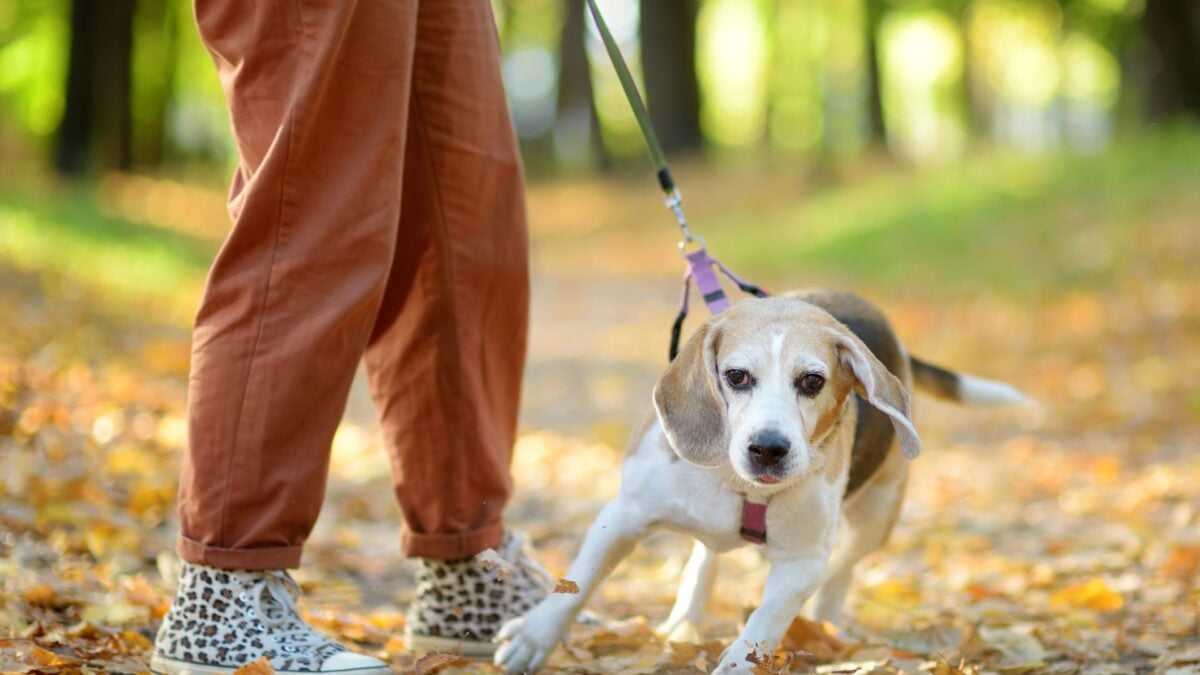By Ashima Sharda Mahindra
Copyright timesnownews

There are a lot of injuries that happen in a home with kids – especially burns, falls, fractures, cuts, or bleeds. But are parents equipped enough to know about administering basic first aid? While many of you may have some idea about first aid from having read about it or seen videos, is that information correct, or is it too fragmented to be of use in an actual emergency? Knowing basic first aid methods is important, but it is more crucial to perform them correctly so as not to compromise the life you’re trying to save. “In case of serious injury, the first aid should be called for help, and let a professional guide you through what you need to do. But for minor and more common injuries, extensive research on first-aid methods,” Dr Amin Kaba, consultant, paediatric medicine, Narayana Health SRCC Children’s Hospital, told Times Now. “If possible, enroll for first-aid workshops, if any. A calm mind, quick hands, and the right first aid can save lives and limbs in any emergency,” he added. For now, Dr Kaba has listed a few first-aid tips for common injuries in children that parents see. Do not tilt the head back during a nosebleed Tilting the head back can make the blood travel from the nose to the throat, which could put the child at risk of choking or swallowing blood. Get the child to sit up and lean forward and pinch their nose, asking them to just breathe through the mouth. Continue this for at least ten minutes and then place a cold compress on the bridge of the nose. Never forcing a child who has fainted to sit up When someone faints, the immediate course of action is to shake them and then try to get them to sit up. “Start by checking the child’s breathing and pulse, and allow them to lie down by placing pillows or a small footstool under their feet and elevating both legs. Make sure there is enough air circulation around them,” said Dr Kaba. Do not put heat or ice on injuries “Make sure that you put ice only in acute situations like sudden sprains of joints or muscle strains, too, within the first 24 hours after an injury,” said Dr Kaba. Heat pads are only effective for chronic conditions, like back pain. Treating a burn too quickly In case of burns, make sure to hold the site under cool water for at least 15 to 20 minutes. Then, dab with a clean cloth, dust antiseptic powder, or rub a little natural aloe vera. Never rub ice or an ice pack on burns. The Heimlich manoeuvre for choking victims— The Red Cross has updated its guidelines on how to give first aid to choking victims. So instead of going straight for the Heimlich manoeuvre, here’s what you need to do instead. Stand behind the child, lean them forward, and give their back five quick blows with the heel of your palm. Never put anything in the mouth during a seizure Seeing a child having a seizure can induce a state of panic. Most parents immediately try to block the child’s mouth, fearing that they will bite their own tongue. “This is actually dangerous. Instead, gently turn the child to one side, place something soft under their head, and loosen any tight clothing,” said Dr Kaba. Never try to realign the bone in fractures In case of fractures, never try to press down on the site to realign the bone. Instead, make sure to immobilise the affected area using a splint or a sling, and seek medical help immediately. Pressing on the fracture can cause deeper injury to surrounding muscle tissue, nerves, and blood vessels, or break the tender bones of children even further.



